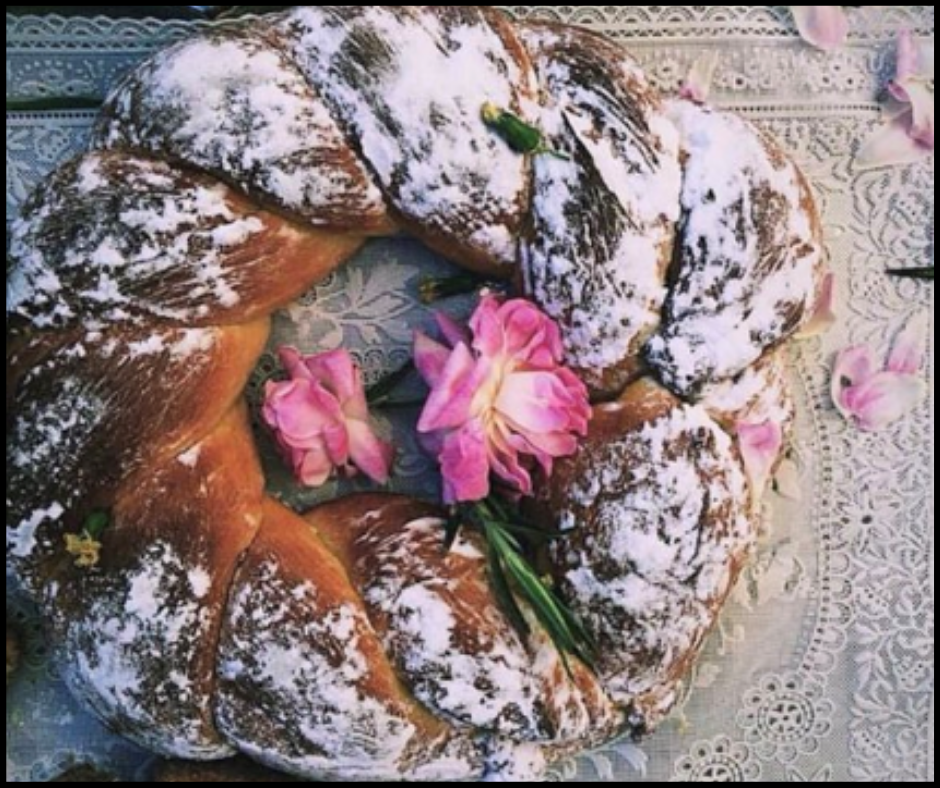6 THINGS YOU DIDN’T KNOW ABOUT HOUN, THE GEM OF THE LIBYAN SOUTHWEST by Malak, Lybia
The way history was taught in Libya when I was young wasn’t interesting, but I was very interested in history, especially Libyan history.
It wasn’t easy to learn more since the former regime managed to erase any trace regarding Libya before 1969. My first visit to the National Museum of Tripoli was the time I discovered how much I loved everything about history. I think I was in Fourth grade and I was like a kid in a candy store, literally! I had my small notebook with me, and I began to take pictures with the small camera my mom gave to me for the trip and I wrote down everything I saw, names, dates, etc. I was hooked from that moment. But as I mentioned, history didn’t teach the interesting kinds of stuff, so I’ve done my own research.

Photo Credit: Sarah Kamal Photography
If you read my personal blog, then I am sure you’ve noticed how much I wrote about Tripoli and the love I hold for this beautiful city. However, I am passionate to know as much as possible about my country and the diversity that makes it really special. It’s a real shame that some people are too blind to see it.
So, this time, I chose to do some research about Houn. Houn is an oasis town in the northern Fezzan region of southwest Libya. The town is the capital of the Jufra District. It has very beautiful traditions and its rich culture is superb. It is one of the places I hope to visit one day and I am glad I know people from this great city.
1- Aljilwa Catastrophe ‘Nakba’

One of the most memorable events that the city of Hun had to face happened in 1929 when residents were evacuated by the Italian colonization ‘Nakba” and people were sent to Misuratah and Alkhums. This event is called ”Aljilwa catastrophe – ”Nakba”.
In the picture above, you can see the destruction those buildings faced throughout that brutal event. which is still remembered by so many people until today.
2- Qarrat Al-Afiya War

On 1928 October 31. the Qarrat Al-Afiya war (معركة قارة العافية) occurred between Almujahideen and the Italian colonization troops. the later managed to get revenge for their great losses in this war by executing 19 heroic men from Houn.
3- The Old City of Houn

The Old city of Houn is one of the landmarks there, and it is considered to be a touristic spot, where you can find elegant streets and branched allies. Houses are built with local materials and the ceiling is made of palm branches, which makes it even more beautiful with the spread mosques and the local shops.
4- Hun Theater

One of the most important activities in this city is the theatre. The project began in 1949 and the plays were played on the stage of Houn’s Central School. The first play was entitled Milad Mohamed and was written by both Idris Alsheghwi and Al-Taher Al-Magdoud.
The shows continued until 1956. Mister Al-Sheghwi was one of the founders of the National Theater team in Tripoli in 1943. The great artist Omar Masoud wrote “The Happy Family’’ play which was played by the band in 1962. In addition, they also played “The coming Family” and both plays were played on the ‘Martyrs Theater’ in Houn and then they played it in Sabha in which the local station aired it live.
5- the Spring festival

The Spring festival is a tradition the people of Houn city celebrate, and kids look forward to it every year. It is celebrated on the first day of the Spring. This festival is known for Spring cookies ”كعكالربيع” made by every family of the city. They also make other types of traditional cookies such as “Ghraiba”. Kids dress up in traditional clothes and all families gather and celebrate this day.
6- Hun’s Football Club

It was the first club founded in the Jufra region. It is considered to be one of the oldest clubs in Libya. It was known for its diverse activities, socially, educationally, and sports wise.
I will always be grateful to everyone who helped me with my historical research as I am still digging for my country’s lost and hidden history, this same history I was deprived of for years. I am glad to have now the chance to ask and look for answers. I am glad I have the opportunity to share stories of my country to the world.
Source of information and Pictures: Fatima, Areej, and Sara from Hun. Special thanks to these ladies.





Leave a Comment
Want to join the discussion? Feel free to contribute!